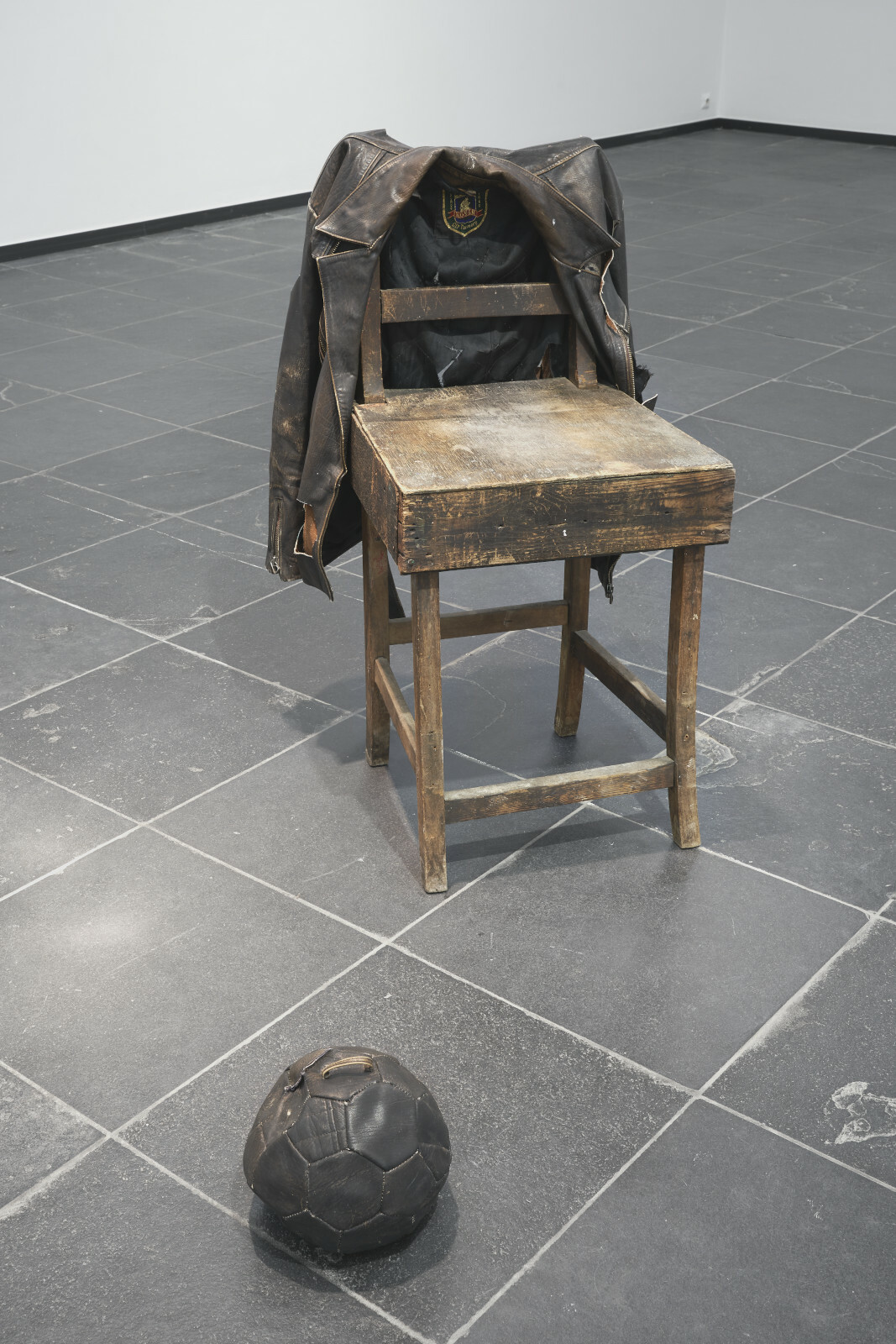Michel François
Michel François studied in Brussels. His work soon garnered international acclaim. In 1992, he participated in Documenta IX and in 1999, together with Ann Veronica Janssens, represented Belgium at the Venice Biennale.
François’ oeuvre unfolds as an organic, apparently natural process, constantly transforming and mutating, its building blocks in continual interaction. His works are made from a wide range of natural and industrial materials and assume highly diverse forms, from photography and print to video, sculpture and spatial interventions to even exhibitions.
François’ oeuvre has an extremely ephemeral, elusive nature. There is always scope for adding something or entering into new relationships with his work. And yet it is exceptionally consistent and recognisable with a poetic, almost romantic signature. Radical concept and frivolous form are not mutually exclusive. On the contrary, they challenge, undermine and deepen one another in a playful, intelligent and sensitive dialogue.
Since the 1980s, his oeuvre has developed around multiple thematic clusters. A single sculpture or different versions of it can belong to multiple groupings. Significance evolves via a stream of fresh associations between works and varying spatial positions, with peepholes, symmetrical rooms and mirroring initiating communication. Common to all clusters is a quest for how material can undergo metamorphoses into meaningful worlds.
François uses the ‘rhizome’ as a metaphor for his practice, a stem that proliferates underground, apparently without beginning or end, which time and time again bends to form new plants. He endlessly recycles and transforms ‘worthless’ materials such as wood, paper, concrete and soap, and natural power sources like water, fire, wind or people. A flag waves in an artificially created gust of wind. An installation coalesces around charred books. Footsteps over neon lamps leave a shattered path in their wake.
Balancing between creation and growth, decay and destruction, François continuously reminds us of the fragility of our world, which conceals both beauty and horror. He demonstrates how we can both make and destroy it, and how this reflects the power and vulnerability of humanity. His ever-evolving, chaotic world appears to be an ode to uncontrollable life and stands in contrast to rigid, soulless art that must be preserved for eternity.

















